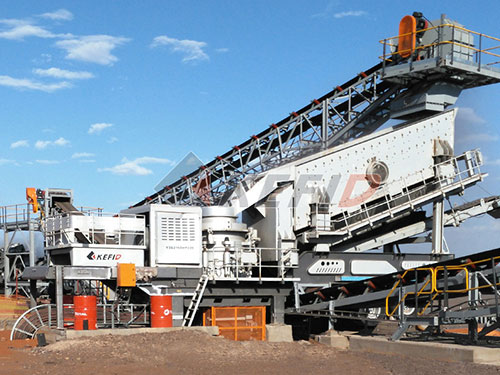Transforming Bottles to Building Blocks: Glass Recycling Sand and the Crushers that Make it Happen
The phrase “Recyclage Verre Sable | Crusher Mills, Cone Crusher, Jaw Crushers” points directly to a crucial intersection of environmental sustainability and industrial processing: the transformation of waste glass into valuable sand substitute using specialized crushing equipment. This process represents a significant advancement in closing the loop for glass materials.
The Imperative for Glass Recycling Sand

Glass is inherently recyclable – it can be melted down and reformed endlessly without loss of quality. However, traditional glass bottle recycling faces challenges:
Contamination: Mixed colors or non-glass materials (ceramics, stones, metals) can render cullet unsuitable for new bottle production.

Collection & Sorting Costs: Efficiently gathering and separating glass by color is logistically complex and expensive.
Market Limitations: Oversupply of certain colored cullet or geographical distance from bottle manufacturers can make recycling economically unviable in some regions.
This is where producing glass recycling sand (GRS) emerges as a powerful alternative. By crushing cleaned post-consumer glass into specific particle sizes, it creates a valuable raw material for numerous industries beyond bottle manufacturing.
The Role of Crushing Equipment: Jaw, Cone, and Impact Crushers
Converting bulky bottles or container fragments into consistent sand requires robust mechanical processing. Different types of crushers play distinct roles in this transformation:
1. Jaw Crushers (Primary Crushing):
Function: Act as the initial size reduction stage. They use compressive force between a fixed and a movable jaw plate to break large pieces of glass (cullet or whole bottles) into smaller fragments (typically 50mm – 150mm).
Why Essential: Handles the toughest initial breaking efficiently. Prepares material for further refinement in secondary crushers.
2. Cone Crushers / Impact Crushers (Secondary/Tertiary Crushing):
Function: Take the pre-crushed material from jaw crushers and reduce it further to finer sizes suitable for sand production.
Cone Crushers: Utilize compression within a gyrating mantle against a concave bowl liner. Excellent for producing well-graded, cubical particles with precise control over the final size distribution – crucial for high-quality sand specifications.
Impact Crushers (Horizontal Shaft Impactors – HSI / Vertical Shaft Impactors – VSI):

Leave a Reply